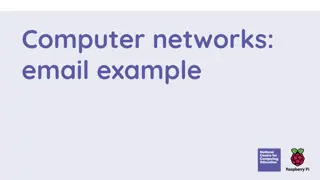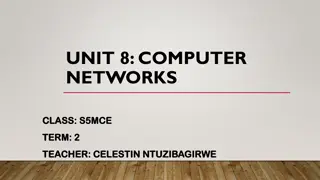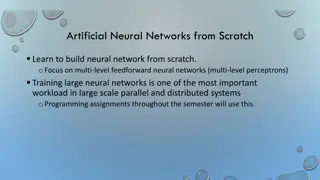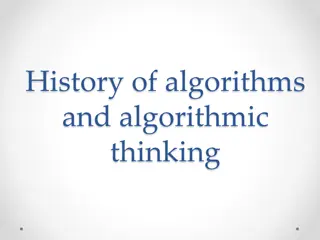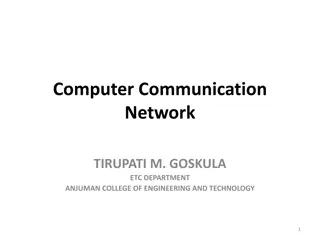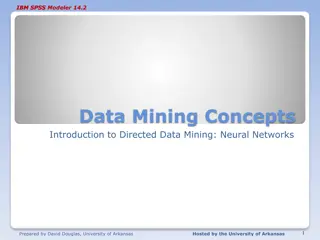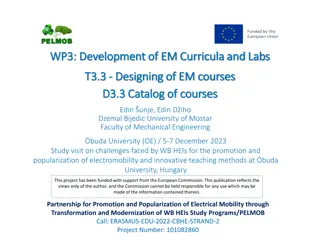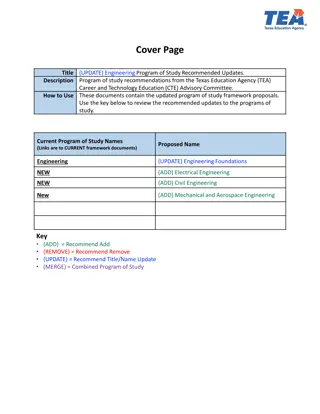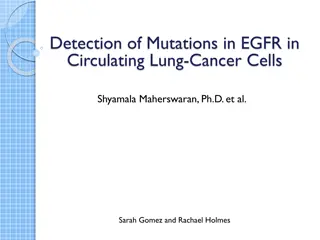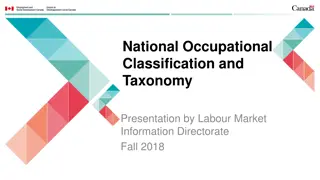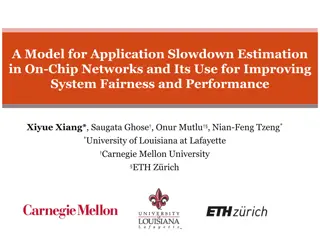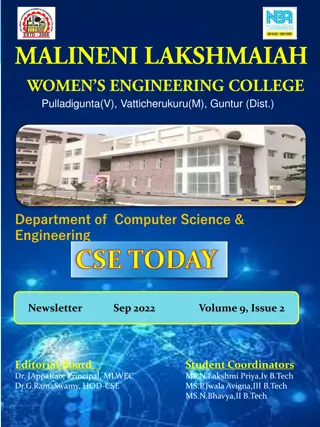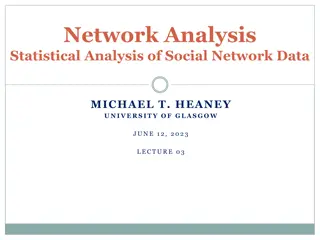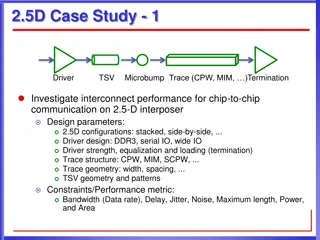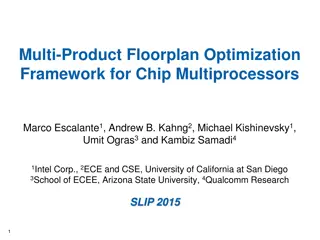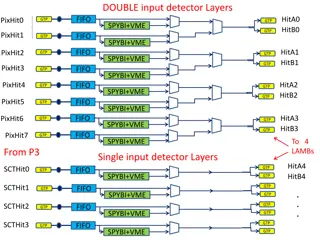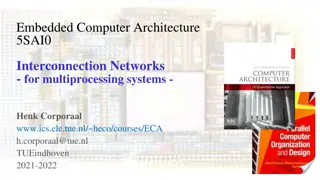Networks-on-Chip (NoC) in Computer Engineering
Networks-on-Chip (NoC) represent a packet-switched communication network designed for on-chip systems, allowing efficient data routing via switches and interconnection links. NoCs aim to apply large-scale network concepts in embedded systems, offering scalability, flexible QoS guarantees, higher bandwidth, and reusable components. Different NoC topologies like 2D mesh and irregular networks are explored, along with considerations like energy consumption and application graph mapping.
Download Presentation

Please find below an Image/Link to download the presentation.
The content on the website is provided AS IS for your information and personal use only. It may not be sold, licensed, or shared on other websites without obtaining consent from the author.If you encounter any issues during the download, it is possible that the publisher has removed the file from their server.
You are allowed to download the files provided on this website for personal or commercial use, subject to the condition that they are used lawfully. All files are the property of their respective owners.
The content on the website is provided AS IS for your information and personal use only. It may not be sold, licensed, or shared on other websites without obtaining consent from the author.
E N D
Presentation Transcript
Networks-on-Chip (NoC) SuleymanTOSUN Computer Engineering Deptartment Hacettepe University, Turkey
Outline Introduction Network-on-Chip (NoC) Mapping on Mesh-based NoCs Results Possible Research Directions Conclusions
Introduction Network-on-chip (NoC) is a packet switched on-chip communication network designed using a layered methodology routes packets, not wires NoCs use packets to route data from the source to the destination PE via a network fabric that consists of switches (routers) interconnection links (wires) 3
Introduction NoCs are an attempt to scale down the concepts of largescale networks, and apply them to the embedded system-on-chip (SoC) domain NoC Properties Regular geometry that is scalable Flexible QoS guarantees Higher bandwidth Reusable components Buffers, arbiters, routers No long global wires (or global clock tree) No problematic global synchronization GALS: Globally asynchronous, locally synchronous design Reliable and predictable electrical and physical properties 4
NoCTopology 2D mesh is most popular topology all links have the same length eases physical design area grows linearly with the number of nodes must be designed in such a way as to avoid traffic accumulating in the center of the mesh 5
NoCTopology Irregular or ad hoc network topologies customized for an application usually a mix of shared bus, direct, and indirect network topologies e.g. reduced mesh, cluster-based hybrid topology 6
Energy Consumption in NoCs Proportional to total bit transitions Energy of one bit transition: Total energy consumption
Application Graph and Topology Mapping
Mapping Problem Given a WCTG and a TG that satisfy Find a one to one mapping function such that and energy is minimized:
Proposed Methods Integer Linear Programming Genetic Algorithms and Simulated Annealing Heuristic Method Voltage/Frequency Islands
Genetic Algorithm based Method Chromosome representation of each mapping
Simulated Annealing Find an initial map Find a new mapping neighbor to current Calculate C If C < 0 \\local refinement or random(0,1)<exp(- C/T) \\uphill move Accept new mapping Return best mapping
CastNet A Heuristic Map each node considering the communication weights between neighbors. Use the symmetry feature of tiles of mesh Mapping result for each symmetry groups.
Energy consumption impr.ovement over random mapping
Voltage/Frequency Islands GA based method Select tasks that can run under low. voltage level. Assign different groups into different islands
Experimental Results To test the effectiveness of VFI based genetic algorithm, we conducted several experiments on both multimedia benchmarks and randomly generated task graphs. The selected video applications are Video Object Plane Decoder (VOPD) and MPEG-4 decoder, Multi-Window Display (MWD) , 263 Decoder (263 Dec), 263 Encoder (263 Enc), and Mp3 Encoder (Mp3 Enc) .
Application Specific Topologies Advantages More options for energy minimization Less area than regular counterparts Disadvantages Difficult to design Not enough methods for topology generation Not reusable
Topology Generation Problem Given a CFG with n nodes and infinite set of routers with p ports, determine a topology that the total energy consumed by communication is minimized. An example topology 1 (CommCost=8778 Kbits/s) Core Flow Graph (CFG) of MP3 Decoder An example topology 2 (CommCost=3740 Kbits/s)
Possible Research Directions Fault tolerance There must be alternative routing options 1 4 6 2 r1 r2 r3 7 3 5 8 r4 9 10 r5 11 12 13 r6
Possible Research Directions 3D NoC and 3D application specific topology generation Adaptive topology generation for varying application behaviour
Conclusion Energy efficient application mapping methods for mesh NoCs ILP for small scale metaheuristics for large ones Application specific topology generation Metaheuristics do well against heuristics Better methods needed










